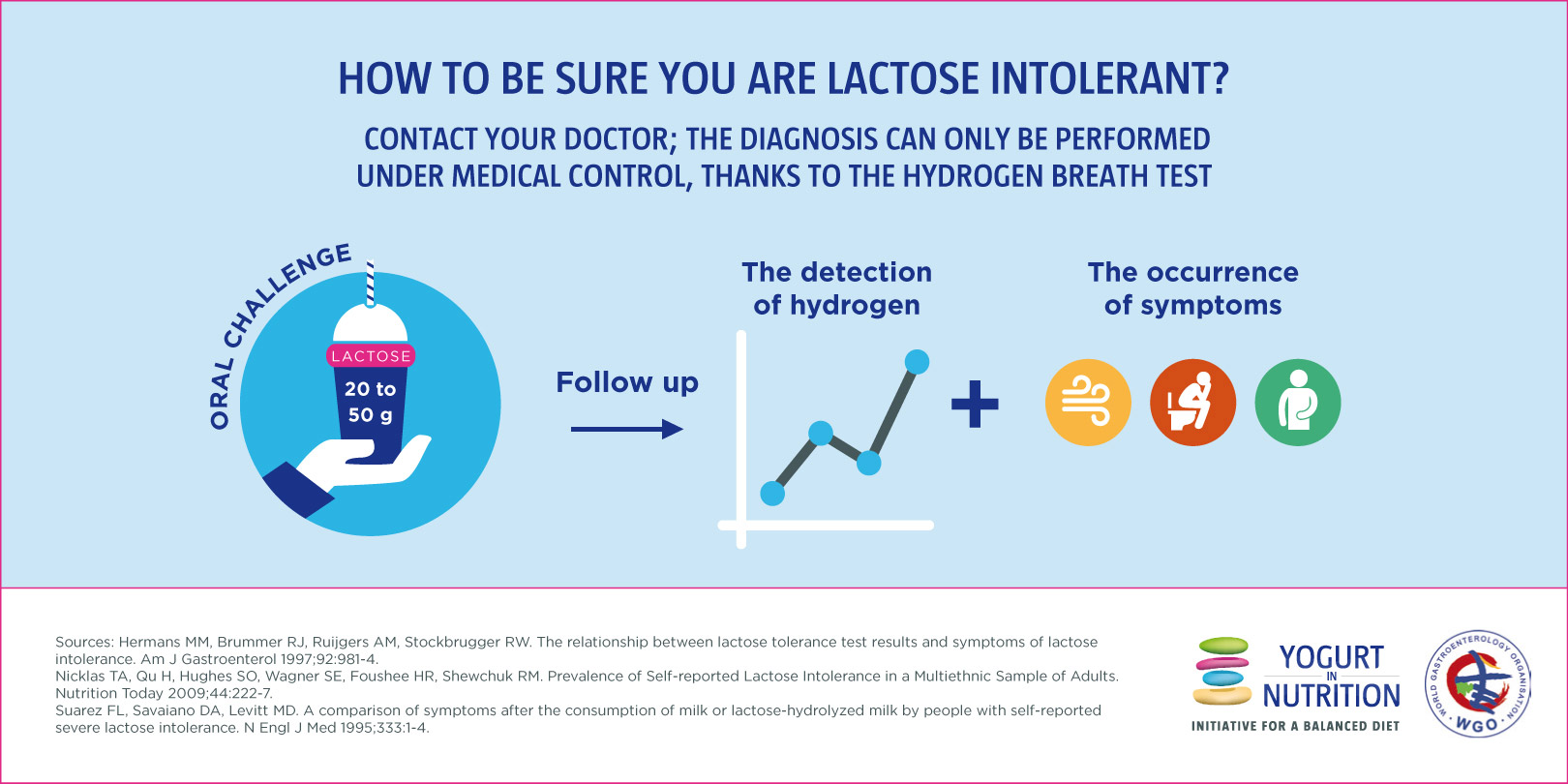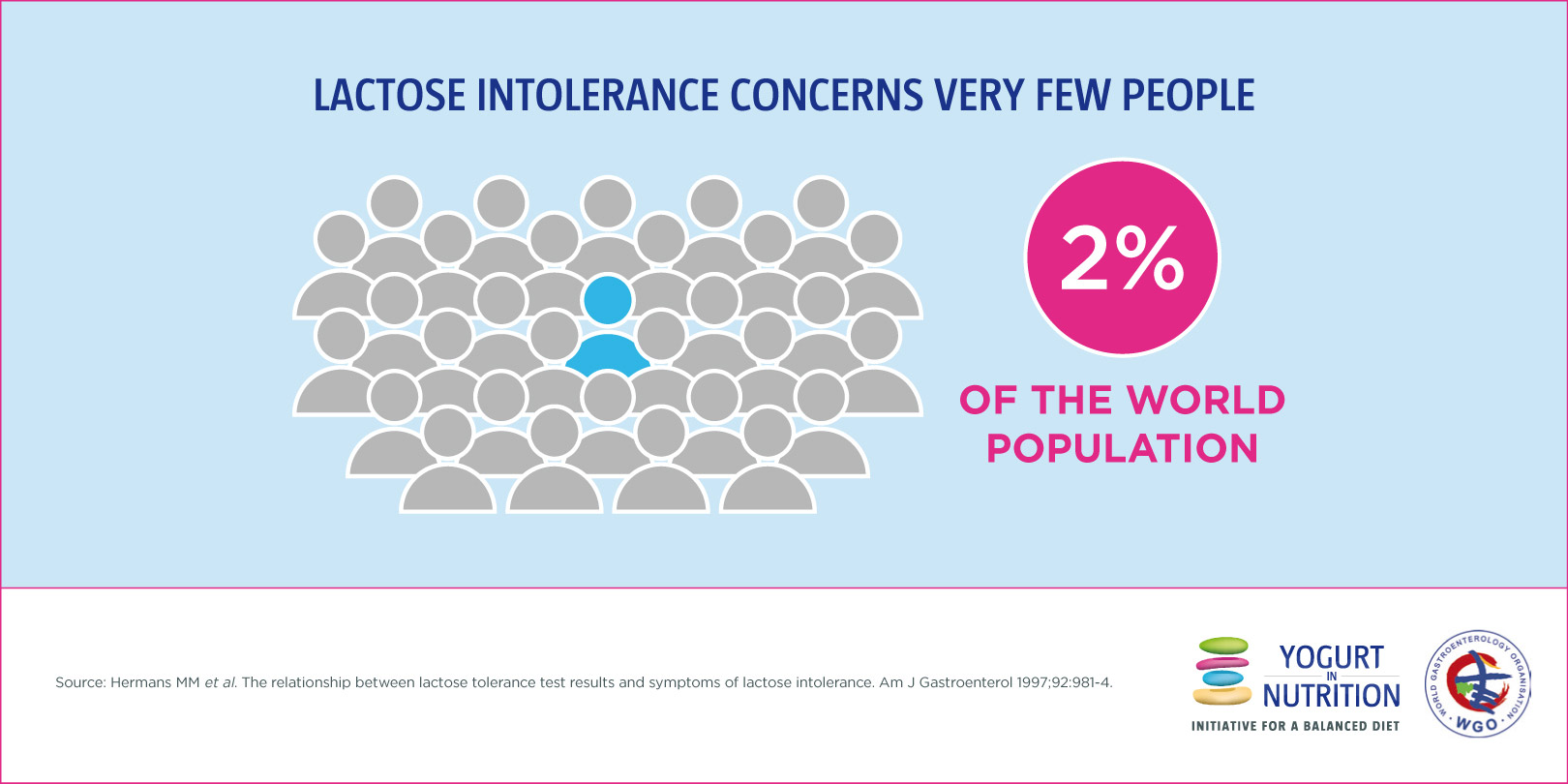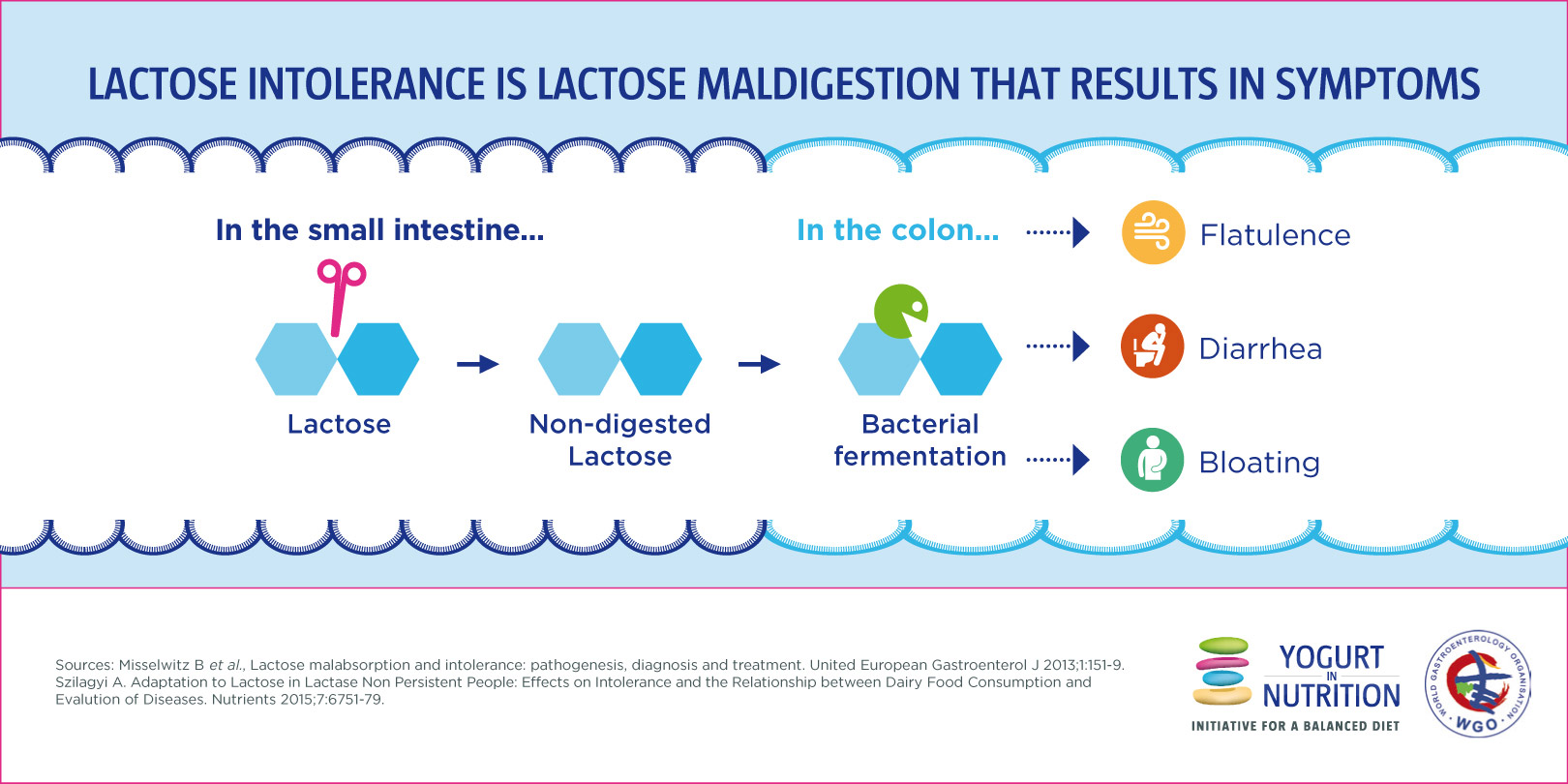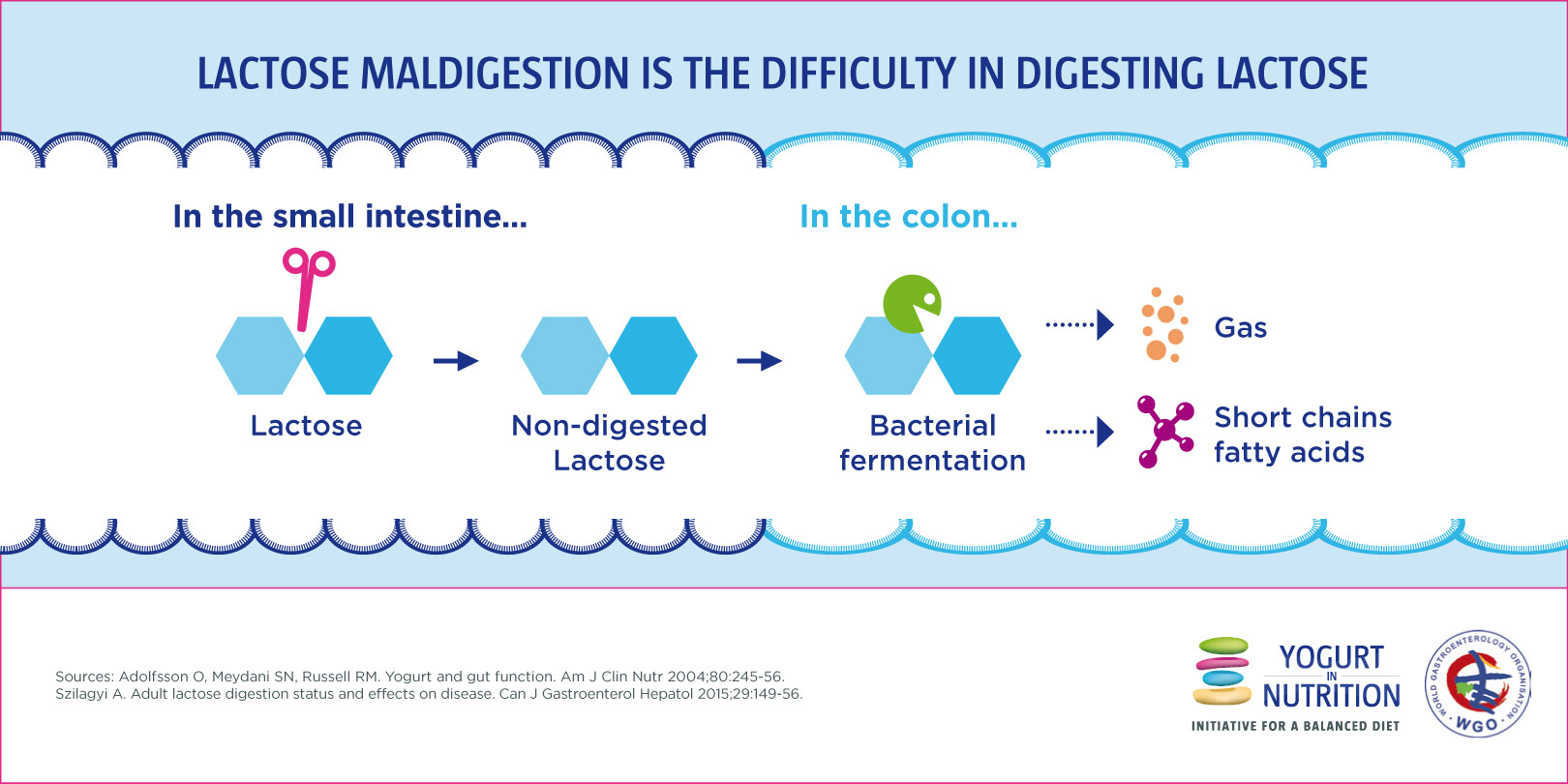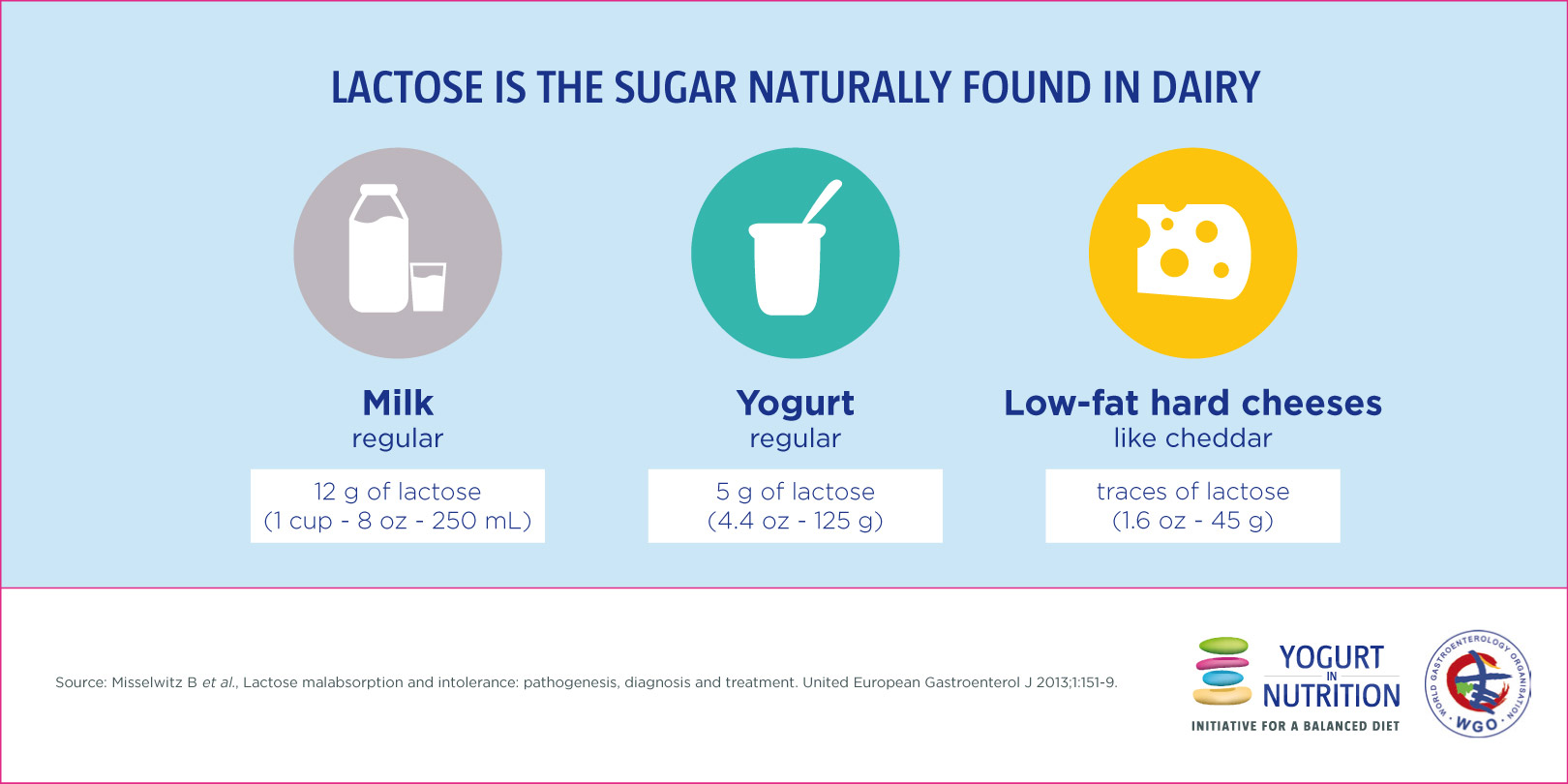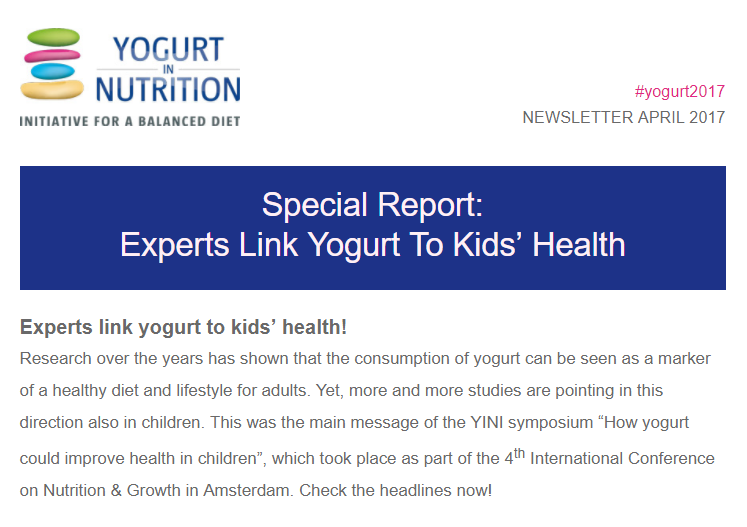A child’s taste preferences, which will determine eating habits later in life, are shaped by experience, and it is important to repeat exposure to healthy foods. This was one of the messages from Dr. Julie A. Mennella (Monell Chemical Senses Center, Philadelphia), during her talk at the YINI symposium, “Sweet & sour tastes: from inborn responses to contextual learning in foods ”, as part of the 4th International Conference on Nutrition & Growth (Amsterdam, March 2-4 2017).
The preference for sweetness is innate
Food choices are influenced by our taste preferences. These choices, for example for a diet with little variation, in turn influence the risk of many chronic diseases, which is why it is important to understand these taste preferences. It was Charles Darwin (1877) who first observed that children had their own set of taste preferences, different to that of adults. We now know that the marked preference for sweetness is an innate characteristic. It then fades during adolescence, Dr. Mennella explained.
For the sensory system, the innate attraction of sweetness is interpreted as a sign of a source of energy. A sweet taste can mask the expression of pain. And it really is sweetness and not sugar, because the same observations can be made with low-calorie sweeteners, the specialist continued. Sweetness can also mask the unpleasant taste of a food.
Does a preference to sour tasting foods indicate a more varied diet?
Studies on sour taste are more recent. They show that unlike sweetness, acidity does not appeal to either group’s taste as much. Nonetheless, children prefer a higher level of acidity than adults. Children who like acidity seem more open to variety, are more likely to eat fruit voluntarily, and are less afraid of trying new foods.
Learning to like healthy food
Dietary history shapes food preferences. Family influences play an important role in this process. Most children do not get the experience they need to learn to enjoy healthy foods. So the focus must be placed on the family, because children develop their preferences before the age of 2. It is important to expose the child regularly to healthy foods (such as natural yogurt, fruit and vegetables) so that they learn to like them, Mennella concluded.
Key points to note
- The attraction to sweetness is innate and more marked in children than adults
- Food preferences are formed by dietary history
- Repeated exposure to healthy foods such as yogurt, fruit and vegetables enable children to learn to like healthy food, encouraging better dietary habits later in life.
Source: YINI Symposium “How yogurt could improve health in children” – 4th International Conference on Nutrition & Growth (Amsterdam, March 2-4, 2017)



